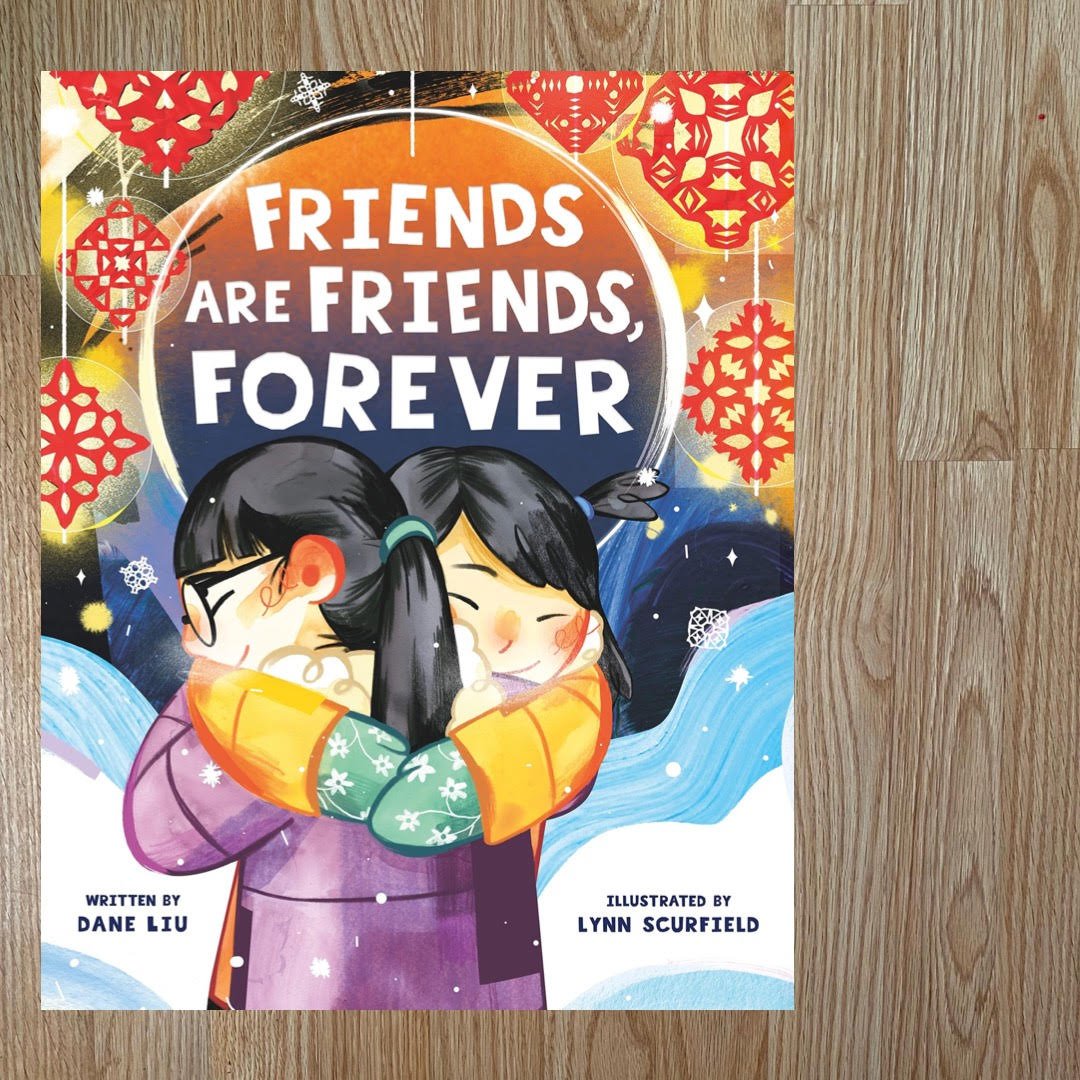By Kaylie Seed
When I found out that Dan Murphy and Aubrey Plaza were releasing a sequel to The Legend of the Christmas Witch, I knew I needed to get my hands on a copy. I adored the first one with its gorgeously illustrated pages and fun storytelling, so my hopes were high for the second and it did not disappoint.
At the end of The Legend of the Christmas Witch, we are left wondering what is going to happen to Kristtörn as she has been frozen in ice. Centuries later, we finally have the answer. Kristtörn has finally woken up but is realizing that the world she once knew is no longer around. Readers find that the joy and magic of Christmas is gone and left in its wake is a very dull and boring place.
Just as the first, the illustrations in The Return of the Christmas Witch are simply magical and have a great amount of detail. Both younger and older readers will find joy in this story and be enchanted by the stunning pictures that go along with the plot. Iredale’s work is very reminiscent of traditional storybook illustrations that will likely bring nostalgia to older readers as they enjoy this beautifully told story alongside younger readers. While this is a very Christmas-focused book, there really is no wrong time to read this one—it can be enjoyed at any time of the year!
Similar to the end of The Legend of the Christmas Witch, The Return of the Christmas Witch ends by setting up the possibility of a third story in what could become a series. I am definitely looking forward to the idea of there being a third installment. Readers who enjoy Christmas, witches, or just great storytelling, will enjoy The Return of the Christmas Witch.
Thank you, Penguin Random House Canada, for the complimentary copy in exchange for an honest review.




















